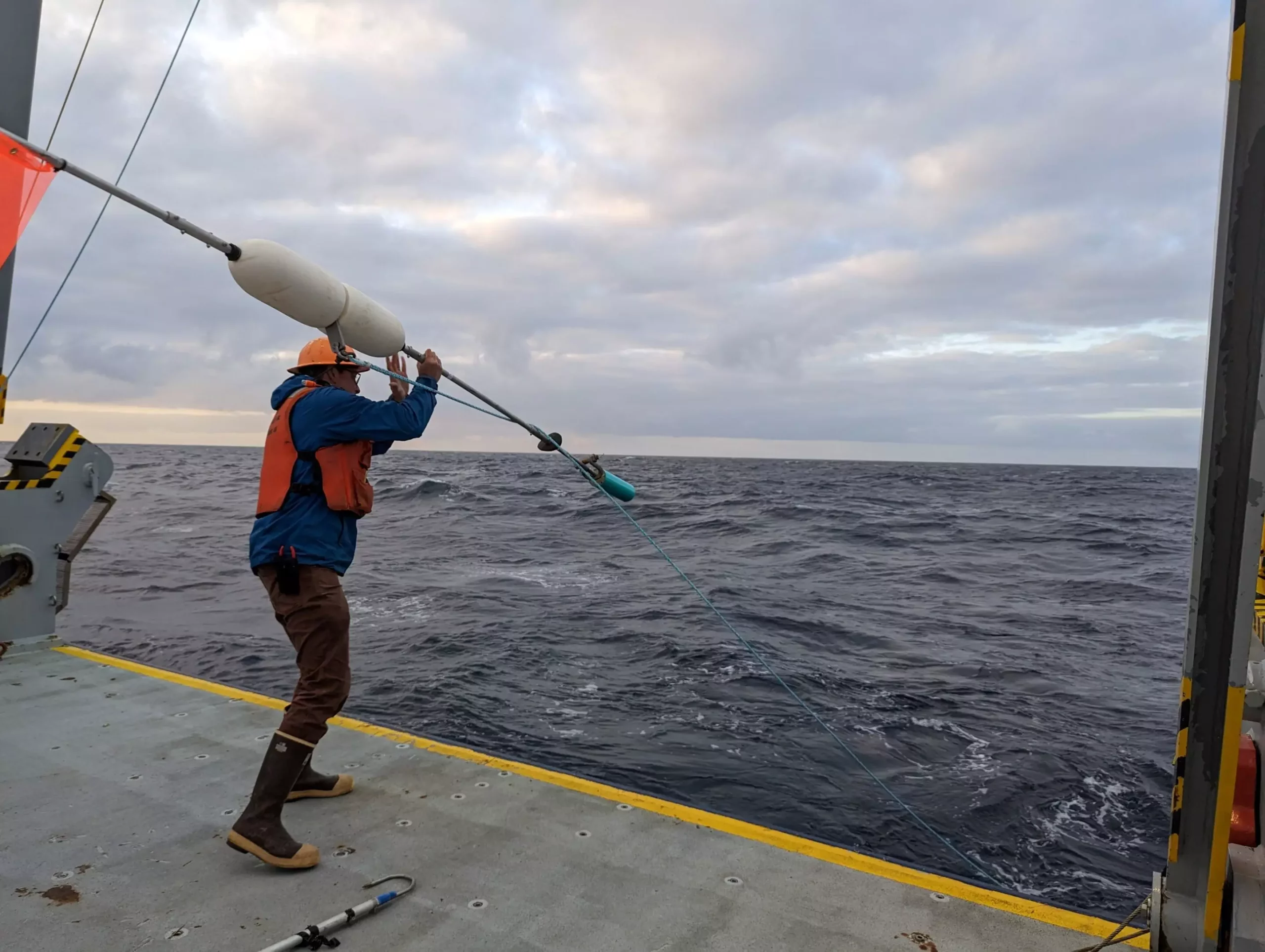Recent research has brought to light the intricate relationship between bacterial dietary preferences and the ocean’s ability to sequester carbon. The biological carbon pump is a critical process that facilitates the movement of carbon from the ocean’s surface to its depths. This process is essential for mitigating climate change, as it regulates the levels of carbon dioxide (CO2) in the atmosphere. A new article published in *Science* explores how different types of bacteria consume various organic compounds, specifically lipids, affecting the efficiency of this carbon sequestration. These findings could significantly enhance our understanding of global carbon dynamics and how they respond to environmental changes.
The study, conducted by an interdisciplinary team led by scientists from the Woods Hole Oceanographic Institution, revealed heterogeneity among microbial communities and their lipid consumption capabilities. Each bacterial species exhibits distinct preferences for specific lipid molecules, influencing the degradation rates of these carbon-rich compounds as they sink through the ocean’s water column. This variability among bacteria is akin to dietary preferences in higher organisms, suggesting that microorganisms have specialized roles in nutrient cycling and energy transfer within marine ecosystems.
Benjamin Van Mooy, one of the study’s co-authors, emphasized the importance of understanding these dietary preferences. He noted that recognizing the specific lipid utilization patterns of bacteria can provide insights into carbon sequestration processes and how effectively certain areas of the ocean store carbon. Geographic hotspots, where lipids are efficiently transported to the deep ocean, could serve as crucial areas for natural carbon capture.
The study further delves into how microbial interactions alter lipid degradation processes. By employing synthetic communities of bacteria, the researchers demonstrated that these interactions can either hinder or facilitate the breakdown of lipids. The findings suggest that the mesopelagic zone, located between 200 to 1,000 meters below the ocean surface, is especially important for understanding these dynamics. The interactions within microbial communities can create a complex web that ultimately influences the efficiency of carbon transport.
Roman Stocker, another co-author, highlighted the implications of coupling advanced chemical analysis with microscale imaging. This innovative approach allows scientists to peek into the previously hidden behaviors of bacteria, revealing how their interactions shape the biochemical landscape of the ocean. These insights could lead to better predictions regarding how microbial communities will respond to ongoing changes in oceanic conditions, such as rising temperatures or shifts in nutrient availability.
Marine environments differ substantially, and the study notes that lipid profiles may vary significantly between regions such as coastal waters and the open ocean, as well as between different seasons. Understanding these spatial and temporal differences can help researchers identify which areas are more effective at sequestering lipids. This knowledge will allow for more targeted conservation and management efforts aimed at bolstering the ocean’s role in carbon storage.
Lars Behrendt, an associate professor involved in the research, pointed out that recognizing the specialized nature of bacterial consumption of lipids adds a new dimension to our understanding of microbial ecology. This knowledge changes the narrative around how microorganisms interact with organic matter, suggesting that specific combinations of bacteria can be more effective at breaking down certain compounds than any single species.
This research underscores the complexity underlying microbial processes in natural marine environments. The authors have shed light on how factors like community composition and dietary preferences affect degradation rates, showing that simplistic models fail to capture the realities of microbial interaction in the ocean.
Uria Alcolombri also underscores the pivotal role of phytoplankton—the foundational producers in marine ecosystems—that contribute significantly to the ocean’s capacity to act as a carbon sink. By efficiently capturing atmospheric CO2, these microscopic organisms absorb as much carbon as terrestrial plants collectively, highlighting their importance in global carbon cycling.
Research on the dietary preferences of bacteria and their interactions offers compelling insights into the intricacies of carbon sequestration in the ocean. This study serves as a reminder that even the smallest organisms play monumental roles in global processes like climate change. As the scientific community continues to unearth the layers of complexity and interaction within microbial dynamics, we can better anticipate the ocean’s responses to environmental changes. Through continued exploration, we can refine our understanding of the biological carbon pump’s function and potentially develop strategies to enhance the ocean’s ability to sequester carbon, in turn contributing to global climate resilience.


Leave a Reply